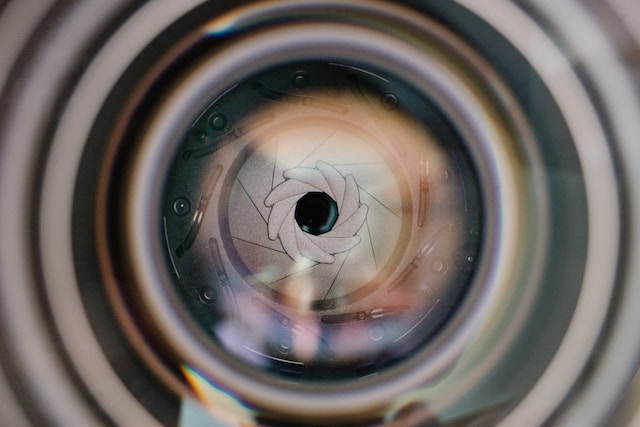There are some moments when it can be seen that science comes close to bringing a sci-fi standard into reality.
Researchers at the University of Tokyo have taken a step closer to creating the future artists envision by using a mixture of human cells and collagen to create a strong, realistic, self-healing skin for a robotic finger. As made from real cells, the skin not only has a realistic texture but also the ability to keep out water and heal itself.
To make true living skin for robots, the team has developed what is called a new tissue modding method forming the skin around the robot, providing seamless skin coverage over a robotic finger.
Living Human Skin for Robots
The team submerged the robotic finger in a mixture of human dermal fibroblasts and collagen, which are the two main ingredients in human skin. Those ingredients are said to have a natural tendency to shrink, making the skin adhere tightly while conforming to the finger.
Then, researchers add a layer of human skin cells called epidermal keratinocytes, which make up the lion’s share of your skin’s surface, to give the robotic skin humans’ texture and our water-resistant capabilities.
Biohybrid systems look forward to engineering better robots and machines. In that, Biology’s ability to perform complicated tasks is often a model of strength and efficiency.
Contributing to the Future of Robotic Biology
Today, robots can perform a wide range of tasks, such as interacting with humans in medical care settings, nursing care situations, and the service industry. The need for human-like skin for robots is important as the jobs we put robots in require them to look something like us to encourage likeability and work with them as best as possible.
Although silicone skin can look organic, it has a hard time replicating intricate textures, like wrinkles, which are subtle cues for authenticity. Also, it lacks the properties, like self-healing, that make true skin superior.
Meanwhile, what researchers have done on living skin for robotic fingers is the first step toward creating robots covered with living skin. The living skin was tough enough to withstand movements, thick enough to be tweezer-able, and could heal itself with collagen bandages.
The team continues to incorporate the more complex structures that will round out the realism, including hair follicles, sweat glands, nails, and neurons.







